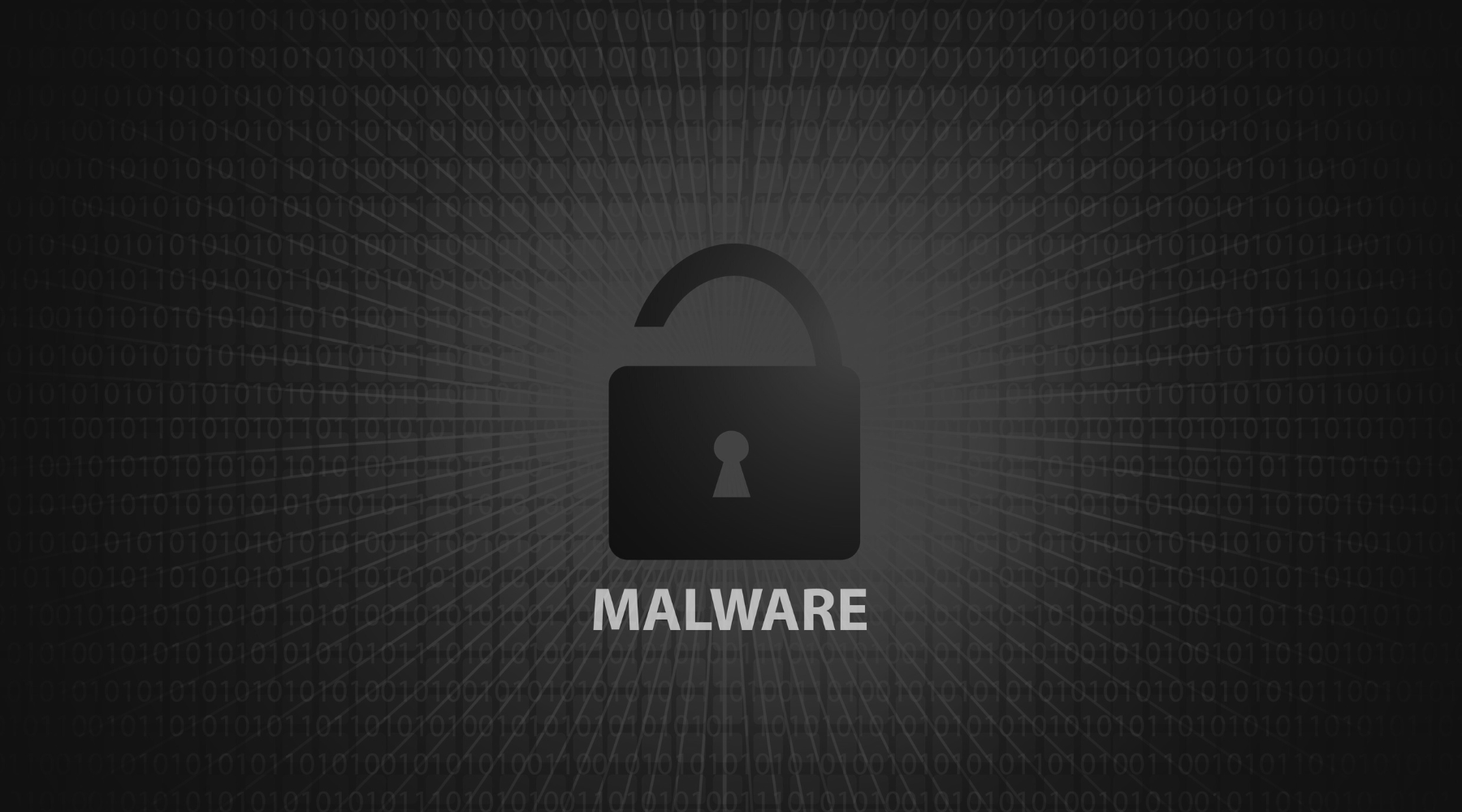In today's digital age, malware has become a significant threat to computer systems. Malware is short for malicious software, and it is a type of software designed to harm or exploit any computer system. There are various types of malware, and each type has its own unique function and characteristics. It is essential to understand the different types of malware to protect your computer system from any potential threats.
Viruses:
- Function: Software that replicates itself upon activation.
- Threat: Corruption or deletion of data.
- Location: Typically transmitted through emails.
Adware:
- Function: Software displaying unwanted advertisements (pop-ups).
- Threat: Potential server corruption and online access disablement.
- Location: Found on the web, often bundled with unwanted programs.
Spyware:
- Function: Covertly attaches to the computer's operating system.
- Threat: Gathers various information.
- Location: Infiltrates through agreed-upon terms and conditions.
Ransomware:
- Function: Crypto-virology software that locks users out of their files.
- Threat: Blocks access until a ransom is paid.
- Location: Typically introduced through downloads or email attachments.
- Extra: Often associated with cyber outlaws.
Worms:
- Function: Exploits vulnerabilities and spreads like a virus.
- Threat: Replicates to the extent of damaging networks and consuming bandwidth.
- Location: Exploits vulnerable code.
Trojans:
- Function: Appears legitimate but activates malicious functions upon clicking.
- Threat: Designed to disrupt, steal, infect, etc.
- Location: Concealed in seemingly normal online content like social media ads or links.
While these descriptions provide a brief overview of the functionalities of various malware types, all evoke equal concern when affecting a computer. Additionally, there are other unexplored malware types such as Botnet, Rootkit, Spam, etc.
Originally created for pranks and experiments, malware has evolved into a consistently destructive force. Cybersecurity companies employ tools like SIEM (Security Information and Event Management) solutions to combat these threats. In case of a malware infection, immediate contact with a cybersecurity company is advisable.
Malware is not the sole perilous online threat; others include spoofing, phishing, and various security hackers capable of breaching basic defense lines. To proactively identify and mitigate these threats, get in touch for a free discovery call.






